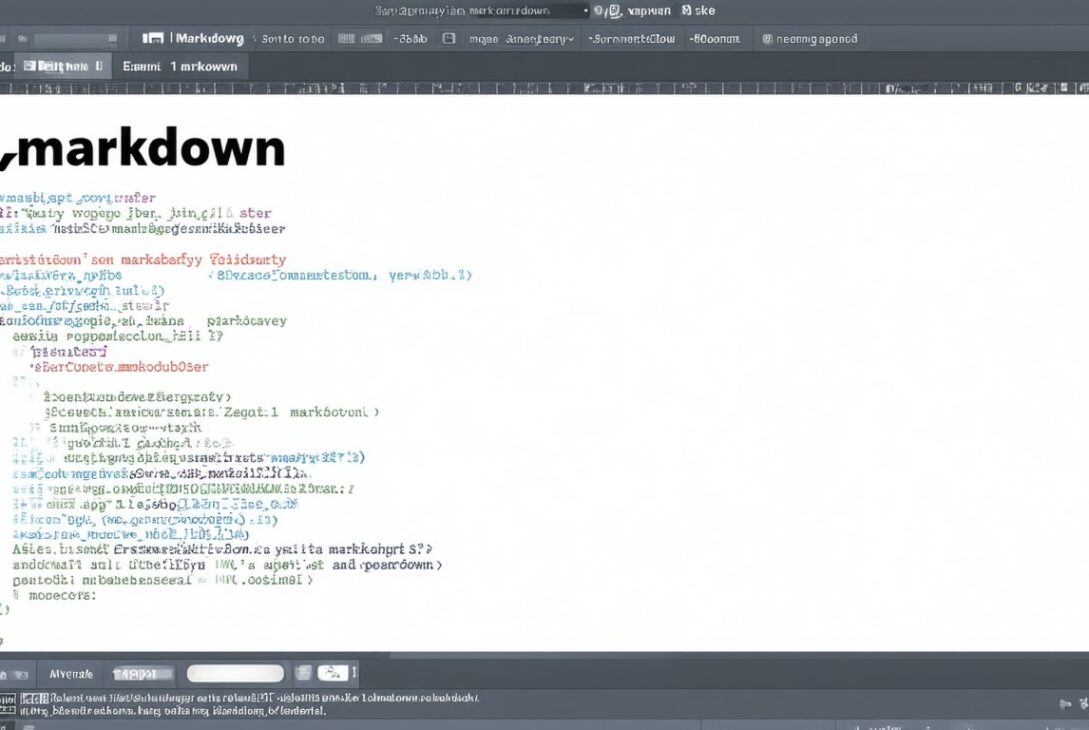Introduction: Decoding Digital Shortcuts — Understanding “IMY” in Modern Communication
In today’s fast-paced digital landscape, brevity is everything. Messaging apps and social media platforms have reshaped how people communicate, giving rise to a vocabulary rich with acronyms and shorthand. If you’ve stumbled across “IMY” in a text or online conversation and wondered what it means, you’re not alone. Struggling to decipher such lingo is a common barrier—one that can hinder connection, especially when the context is emotional or personal. This article will break down exactly what “IMY” means, explain its usage, and provide clear, actionable advice so that you can confidently interpret and use this popular texting acronym in your conversations.
What “IMY” Means in the Context of Digital Communication
“IMY” is an abbreviation for “I miss you,” a concise way to convey sentiment in written exchanges. Its rise reflects both the constraints and the creativity of text-based messaging, where users strive for clarity and emotion in as few characters as possible. Unlike more ambiguous acronyms, “IMY” directly expresses affection or longing, bridging physical distance with emotional immediacy. It is commonly seen across platforms such as SMS, WhatsApp, Instagram, and Snapchat, often serving as both a quick check-in and a deeply meaningful gesture.
Why “IMY” Matters for Digital Communicators
For anyone navigating modern communication—whether as a parent, a partner, or a friend—understanding what “IMY” means ensures you won’t misinterpret important messages. Using the term appropriately can foster closer personal bonds and demonstrate digital fluency. Responding thoughtfully to “IMY” shows emotional intelligence, which can reinforce trust and make virtual interactions as impactful as face-to-face conversations.
Core Strategies for Using “IMY” Effectively
Mastering the use of “IMY” involves more than knowing its definition; context, tone, and appropriateness matter greatly. Below are core pillars for effective usage and interpretation:
1. Assess the Relationship and Context
Before using “IMY,” consider your relationship with the recipient. This acronym is best reserved for people with whom you share a close or affectionate bond, such as family, significant others, or close friends. Sending “IMY” to casual acquaintances can be misinterpreted and may create discomfort.
How-to: Ask yourself if expressing vulnerability is suitable in your conversation. Use “IMY” to reinforce connections where emotional openness is already established.
2. Pair with Personalization
While “IMY” is concise, it can be enhanced by context-specific additions—such as “IMY so much” or “IMY, hope you’re well.” Embellishing the message ensures it feels genuine and thoughtful, not perfunctory.
How-to: When responding, referencing a shared memory or inside joke can amplify the warmth behind “IMY.” For example, “IMY—remember our road trip last summer?”
3. Timing Your Message
Consider the timing when sending “IMY.” The phrase carries emotional weight, often signaling longing or concern. Using it after a significant event (like a friend’s move or return from vacation) magnifies its impact and relevancy.
How-to: Reflect on recent interactions or absences to determine the right moment to send “IMY.” Avoid overusing it, as repetition can lessen its meaning.
4. Interpreting Responses
When receiving “IMY,” read beyond the words. A simple “IMY too” usually signals reciprocal feelings, while a more neutral reply (“thanks!”) may indicate the recipient is less emotionally invested or surprised by the expression.
Decision Criteria: If in doubt, match the tone of your response to the original message. If emotions are reciprocated, consider suggesting a call or get-together to strengthen the bond.
5. Tools and Metrics to Monitor Communication Impact
While there isn’t a technical metric for measuring the effect of “IMY,” monitoring how your relationship progresses after such exchanges provides insight. Notice changes in message frequency, tone, or willingness to share.
Tools: Many messaging platforms collect chat history; reviewing previous conversations may help understand patterns and the context in which “IMY” feels most natural and appreciated.
Data & Proof: The Prevalence and Power of Digital Acronyms
Key Statistics Illustrating the Role of Acronyms Like “IMY”
- According to Pew Research Center (2023), 87% of U.S. teens use text messaging as their primary form of communication, and over 65% report inserting at least one acronym or abbreviation into daily conversations.
- A Statista study (2022) found that nearly 57% of respondents aged 18–29 indicated that emotionally expressive acronyms like “IMY” made digital conversations feel more personal.
What the Numbers Mean for Users
These statistics underscore that acronyms such as “IMY” are now embedded in everyday communication, especially among younger demographics. For users, recognizing and correctly interpreting these abbreviations is essential not just for comprehension but also for building and sustaining meaningful relationships in a digital setting. Being fluent in digital shorthand can break down barriers and help foster a sense of presence and intimacy, even at a distance.
Practical Examples: “IMY” in Real-Life Messaging
Example A — Strengthening Bonds at a Distance
Consider a college student texting a parent after weeks away from home: “IMY. Can’t wait for break!” This message not only communicates longing but also reassures the recipient of continued affection. The result often includes a positive reply and perhaps an immediate plan to reconnect—strengthening the bond and alleviating homesickness.
Example B — Navigating New Relationships
In the early stages of a romantic relationship, one partner texts, “IMY” after a couple days without contact. If warmly received (“IMY too! When can we meet?”), the exchange accelerates intimacy and trust. Conversely, if the response is lukewarm or puzzled, the sender may recalibrate their level of emotional openness—an example of using social cues to navigate boundaries.
Common Mistakes & How to Avoid Them
Using “IMY” seems straightforward, but there are pitfalls to avoid:
- Overuse Diminishes Impact: Sending “IMY” too frequently can make it feel routine or insincere. Reserve it for moments when the sentiment is genuinely felt.
- Ignoring Relationship Dynamics: Using “IMY” with colleagues, acquaintances, or new contacts can blur lines and create confusion. Read social cues and adapt accordingly.
- Neglecting Cultural Differences: While widely recognized in the U.S. and similar contexts, “IMY” may be unfamiliar or less accepted in other regions or among older generations. When in doubt, spell out your feelings.
- Relying Solely on Acronyms: Acronyms are tools, not substitutes for open conversation. If deeper issues need addressing, a phone call or in-person talk usually communicates better.
Implementation Checklist: Using “IMY” Appropriately
- Consider your relationship with the recipient before sending “IMY.”
- Personalize where possible—pair “IMY” with a memory, reason, or emotive context.
- Choose the timing deliberately; send “IMY” when absence or longing is felt.
- Observe the recipient’s response to gauge mutual comfort and interest.
- Limit usage to maintain the impact and sincerity of your message.
- Use other forms of communication for nuanced or complex emotions.
Conclusion: Digital Fluency Through “IMY”—What Comes Next
Understanding “what does IMY mean” is essential for anyone aspiring to communicate effectively in today’s shorthand-driven digital world. “IMY” bridges distances and delivers emotion in an instant, but like all powerful tools, its worth depends on skillful use. By pairing knowledge of its meaning with practical, context-aware strategies, you can ensure your messages resonate sincerely and deepen your relationships—online and off.
Incorporate “IMY” when it aligns with your intent, personalize your messages, and remain mindful of the nuances in your interactions. Mastery of such acronyms is less about memorizing definitions and more about reading and responding to the emotional undercurrents of digital life. Taking thoughtful, informed steps today ensures your messaging style remains both authentic and impactful.
FAQs
What does IMY stand for in texting or social media conversations?
IMY stands for “I miss you.” It’s commonly used in text messages and social media to quickly and clearly express feelings of longing or affection in a concise way.
Is it appropriate to use IMY with anyone?
While “IMY” is widely understood, it’s best used in conversations with people you have a close relationship with, such as family, good friends, or romantic partners. Using it with acquaintances may send unintended or confusing signals.
How should I respond if someone texts me IMY?
Acknowledge the sentiment according to your comfort and relationship. You might reply with “IMY too!” if you feel the same, or offer a warm but honest response if you’re not as close.
Can using IMY strengthen my relationships?
Yes, when used sincerely and appropriately, “IMY” can reinforce emotional bonds by reminding someone you’re thinking of them. It’s most effective when paired with genuine intent and balanced communication frequency.

Are there situations where I shouldn’t use IMY?
Avoid using “IMY” in formal or professional settings, and refrain from overusing it in personal relationships to preserve its impact. Always consider context and cultural differences when deciding to include it in your messages.
“`






